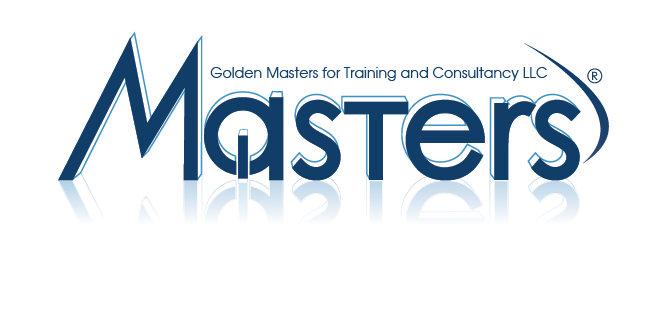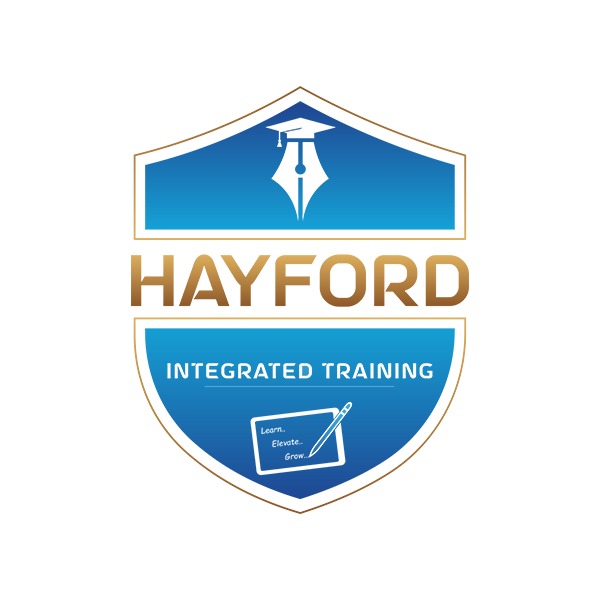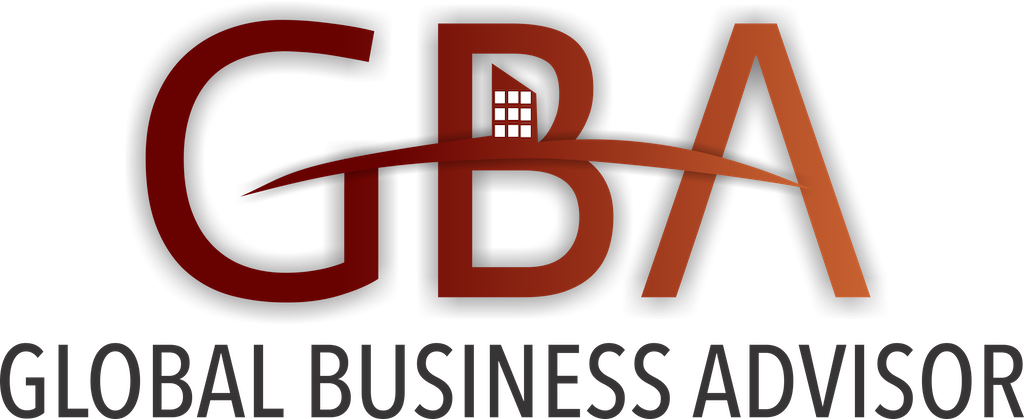Course Certificate:
Masters Consultant certificate will be issued to all attendees completing minimum of 75% of the total tuition hours of the seminar.
Who Should attend?
This Internal Audit Seminar or Course is Designed For:
· Managers
· Financial Consultants
· Financial Advisors
· Auditors
· Audit Trainees
· Accountants
· Management Accountants
· Corporate Executives
· Venture Capitalists
· Others interested in understanding and managing internal audit
Course Outline:
Module 1 - Introduction, Fundamental Concepts and Issues in Internal Audit.
Objectives - By the conclusion of the specified learning and development activities, delegates will be able to:
- Discuss, with confidence, the importance of internal account to an organization
- Use a manufacturing organization, to provide an example of the way in which the cost elements might be apportioned, thereby paving the way for an effective internal accounting structure
- Explicitly explore the functioning of a ‘Responsibility Accounting System’
- Explain the general function of internal audit in national organizations and international operations, on the other.
- Effectively explore the advisory role of internal audit in organizations
- Distinguish between internal and external auditing
- Illustrate the extent to which an effective internal auditing regime can enhance to work of the external auditor
- Exhibit a heightened understanding of the internal audit structure and its relation to corporate management, using an organization of choice, as an example
- Explain the accountability of corporate directors to the internal auditing group
Contents
- Internal Accounting
- Internal cost elements a ‘Responsibility Accounting System’
- Internal Auditing
- Differences Between Internal And External Audit
- Internal audit structure and Corporate Governance
Module 2 - Internal Audit in Practice.
Objectives - By the conclusion of the specified learning and development activities, delegates will be able to:
· Explain the importance of an internal auditing policy to the role and functioning of an internal audit department
· Use case examples to illustrate the inclusions of a typical internal auditing policy
· Resolve the scenario in which an internal auditing policy conflicts with ‘Audit professionalism’ and Public Expectation
· Suggest how to remedy a situation in which an internal auditing policy is in direct contravention of statutory directives or guidelines Demonstrate their awareness of the role of the internal auditor in the implementation of the ‘Board Approved’ Audit Directive
· Illustrate their ability to design, implement, monitor and evaluate an internal audit programmed.
· Internalize the importance of training and development in the enhancement of the audit management function Give a brief explanation to the Sarbanes Oxley (SOX) Act and at least 3 of the associated requirements for audit firms;
· Illustrate two key responsibilities for internal auditors, under the ACT;
· Evaluate the chief consequence of the internal auditor’s omission, under the ACT
Contents
- Internal Auditing Policy
- Enhancing the role of the External Auditor
- Internal audit and internal conflict
- Internal audit and statutory conflict
- Audit Management
- Audit programmed development
- Audit programmed monitoring
- Audit programmed evaluation
- Training and development in internal audit
- Sarbanes Oxley (SOX) Act and its implications for Internal Auditing of International Firms
- Key responsibilities for internal auditors, under the ACT
- Consequences for Internal Auditors who operate below the expected standards.
Module 3 - Internal Audit and Corporate Governance.
Objective - By the conclusion of the specified learning and development activities, delegates will be able to:
· Define corporate governance in relation to the processes, customs, policies, laws and institutions affecting the way a corporation is directed, administered or controlled.
- Relate corporate governance to the relationships that persists between internal and external stakeholders, particularly in relation to the establishment of organizational goals and objectives
- Demonstrate a heightened understanding of the organization’s responsibility and accountability to its shareholders as primary stakeholders Exhibit a heightened awareness of the organization’s accountability to its Board of Directors
· Accurately locate an organization’s management and workers within the ‘internal-external-stakeholder-spectrum’
· Distinguish between winding up or insolvency, Bankruptcy, Receivership, and Administration
· Demonstrate an understanding of the difference that exists between ordinary and preference shares
· Assess the implications of the ‘Receivership’ of a company for its statutory, primary and secondary creditors
· Explain the order in which the proceeds of a company’s assets will be distributed among its creditors, in the event of it falling into ‘Receivership’
· Exhibit an understanding of what constitutes the rights and equitable treatment of shareholders
· Explain how the interests of secondary stakeholders can be preserved
· Outline the roles and responsibilities of the Board of Directors
· Outline salient steps that can be taken to preserve an organization’s integrity
· Establish the array of issues that are enshrined in a company’s ethical behavior
· Determine the importance of operational ‘transparency’ in the face of the regulatory authorities’ demand and in the enhancement of shareholder and client confidence
Contents
- Defining corporate governance
- Exploring corporate governance and the relationships between internal and external stakeholders
- The organization’s responsibility and accountability to its shareholders
- The organization’s accountability to its Board of Directors
- Making ‘sense’ of the ‘internal-external-stakeholder-spectrum’
- The difference between ordinary and preference shareholders
- Distinguishing between winding up or insolvency, Bankruptcy, Receivership, and Administration
- Assessing the implications of the ‘Receivership’ of a company for its statutory, primary and secondary creditors
- Rules for distributing the proceeds of a company’s assets in ‘Receivership’
- Rights and equitable treatment of shareholders: Interests of other stakeholders
- Recognizing the organization’s legal obligations to all legitimate stakeholders.
- Role and responsibilities of the board
- Integrity and ethical behavior: Disclosure and transparency




